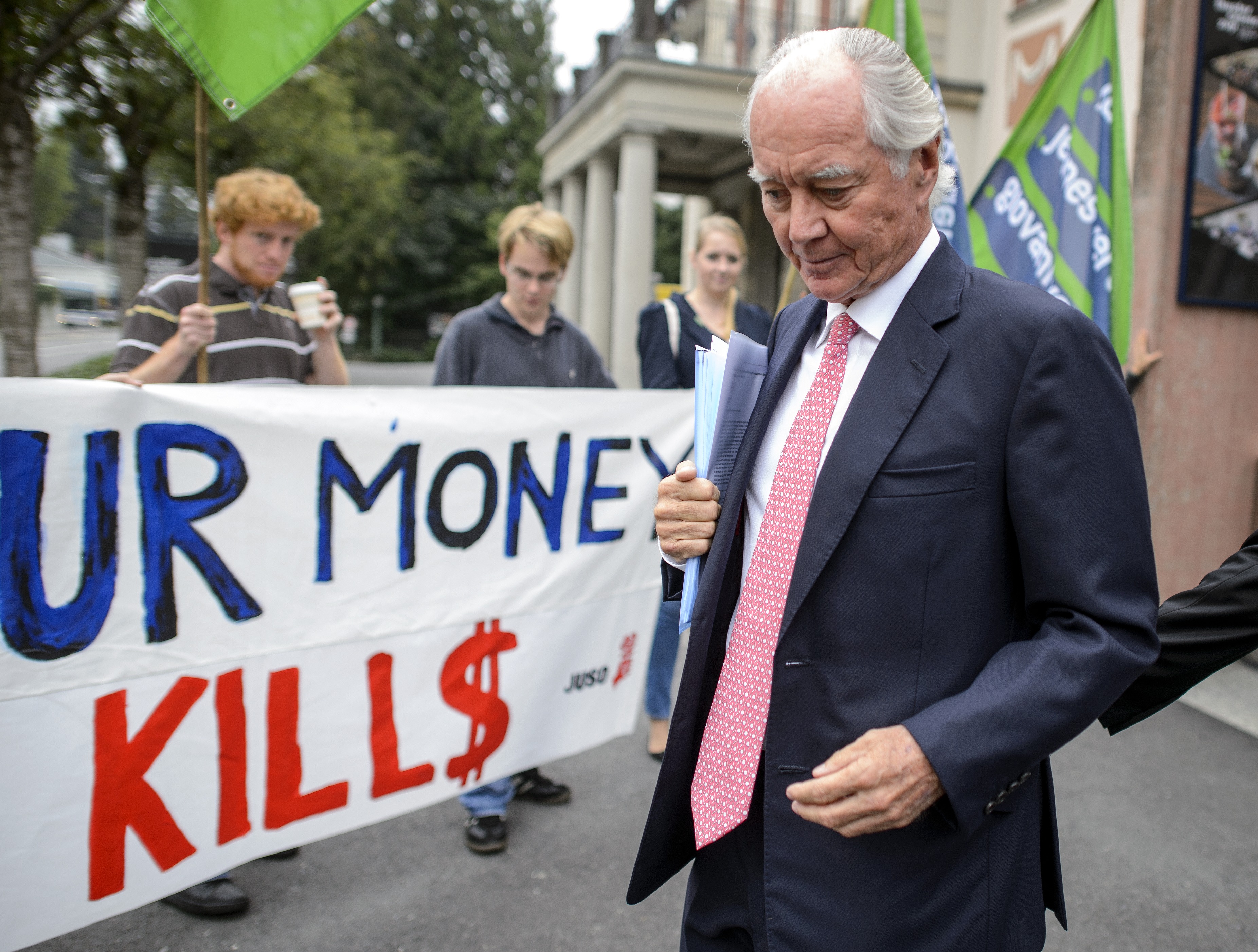
Proposed “Glenstrata” deal clears vital hurdle

A deal to create the world’s largest trading-mining commodities concern moved a step closer on Monday with Xstrata deciding to recommend the controversial $90 billion (SFr85 billion) merger with Glencore to shareholders.
Xstrata shareholders will vote in the coming weeks on whether to accept Glencore’s takeover bid, but could yet scupper the fusion by rejecting generous payments aimed at retaining top executives.
After months of speculation, the bold strategy of merging the two canton Zug-based commodities giants was unveiled in February, but soon ran into trouble with powerful financial backers of Xstrata.
Major shareholders, such as BlackRock, Legal & General and the sovereign wealth funds of Qatar and Norway, questioned the valuation of Xstrata and the proposed multi-million dollar packages to Mick Davis, chief executive of the mining company and other managers.
Last month, Glencore raised its offer from 2.8 of its shares for every Xstrata share to 3.05 after Qatar Holding had demanded 3.25.
At the same time, some of the contentious payouts were scrapped with Glencore chief executive Ivan Glasenberg being named as head of the merged giant instead of Davis.
Rich backing
Xstrata chairman John Bond revealed that some shareholders were still unhappy with some retention payments – totaling around SFr212 million or $226 million according to reports – being included in the package. But the architects of the deal have insisted that they should remain to ensure that top performers stay with the new company.
In an unusual move, Xstrata will allow shareholders to vote on either accepting the package in its entirety or just the merger price without retention payments. But the two companies have made it clear that rejection of retention payments could sink the deal.
“The new vote structure is unique to say the least and we’ll see if perhaps from a corporate governance point of view this ruffles a few feathers,” Macquarie analyst Jeff Largey told Reuters. “I think overall the new merger ratio and this new structure’s probably enough to get it done.”
Controversial commodities guru Marc Rich, who founded both companies before selling them off in the 1990s, has given his backing to the merger.
“The larger a company is, the more market power it has, and that makes it easier to control price-setting. In the end, this means higher profits,” he told the Swiss magazine Bilanz last month.
If the merger between Glencore and Xstrata goes ahead, the company will be headquartered in Switzerland.
It will have assets and projects in 33 countries, and employ around 130,000 employees.
Glencore Xstrata’s mining assets will include more than 100 mines, 30 concentrators, 25 base metals smelters, eight copper solvent extraction plants, four copper electro-winning plants, eight base metals refineries and precious metals refineries.
Other assets:
A global network of warehouses with 1.5 million tons of concentrate and metal storage capacity and access to 100 tank farms/oil terminals worldwide.
Glencore Xstrata’s agricultural assets will include 270,000 hectares of leased/owned farmland.
Over 200 vessels owned, leased or commercially managed for the oil business.
Access to and ownership of many ports.

In compliance with the JTI standards
More: SWI swissinfo.ch certified by the Journalism Trust Initiative



























You can find an overview of ongoing debates with our journalists here . Please join us!
If you want to start a conversation about a topic raised in this article or want to report factual errors, email us at english@swissinfo.ch.